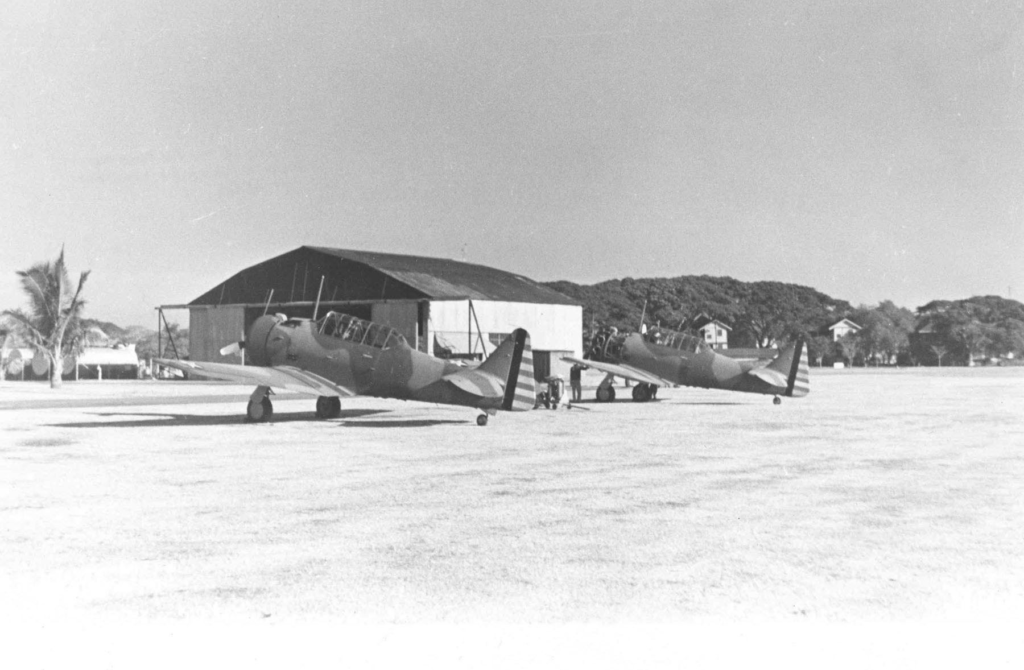
Looking back on the history
In the annals of World War II history, the liberation of Nichols Airfield stands as a tribute to the Filipino soldiers’ resilience and joint efforts. On February 15, 1945, these combined forces successfully recovered Nichols Airfield from the Japanese Naval Air Service and the 3rd Naval Battalion, signaling an important point in the Pacific Theater.
Prior to the official attack on Nichols Airfield, Filipino soldiers known as the Hunters provided regular intelligence reports to the 11th Airborne Division. These reports included accurate diagrams of the airport’s structure and strategic spots, which allowed the Allied forces to plan their approach precisely. The Filipino soldier’s dedication to the cause was clear as they methodically acquired information about the enemy’s positions, movements, and resources, which greatly aided the liberation struggle.
Celebrating our soldier’s commitment to serving our country
The 11th Airborne Division and the XIV Corps launched a synchronized aerial artillery attack on Nichols Airfield on February 10, 1945. This persistent assault lasted many days, targeting important sites and defenses controlled by the Japanese army. The precision of the attacks prepared the path for ground forces to approach and seize the airfield, resulting in its final liberation on February 15, 1945.
The Filipino soldiers, driven by an unwavering commitment to their homeland, became the unsung heroes of the liberation effort. Long before the arrival of the US Army, these men provided invaluable intelligence to the 11th Airborne Division. With meticulous dedication, they mapped and drew the position of Nichols Airfield, ensuring that every detail was communicated to the Allied Headquarters. This selfless act of espionage was a testament to the Filipino soldiers’ dedication to the cause of liberation.
Displaying immense courage, they took charge of disrupting enemy activities, risking their lives to weaken Japanese defenses. Their dedication was evident as they engaged in perilous missions, contributing significantly to the overall success of the liberation. Filipino soldiers, driven by an unyielding desire for freedom, emerged as the vanguards of resistance, proving that their commitment to the cause surpassed all challenges.
Way ahead
The liberation of Nichols Airfield, though a collective effort, shines a spotlight on the exceptional dedication and patriotism shown by our Filipino soldiers. Their unwavering commitment to the cause, from intelligence gathering to active participation in operations, played a pivotal role in the success of the liberation. The legacy of the Filipino troops and their sacrifices stands as a testament to the indomitable spirit of Filipino soldiers who, in the face of adversity, stood as beacons of courage, ensuring that the flame of liberation burned bright over Nichols Airfield, now known as the Colonel Jesus Villamor Air Base, renamed after a famous Philippine ace pilot during World War II.
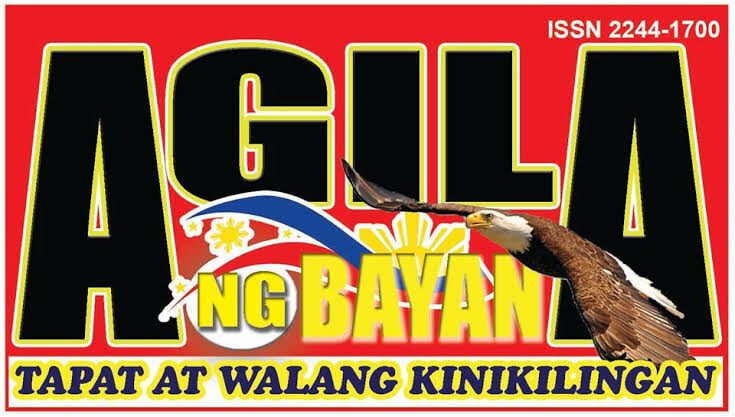


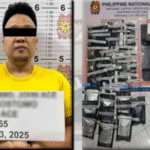

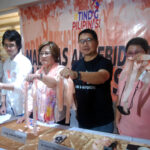
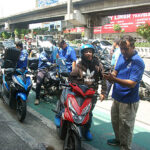




More Stories
₱200 DAGDAG-SAHOD LUSOT SA KAMARA
₱450K HALAGA NG HIGH-GRADE MARIJUANA NASAMSAM SA MARIKINA
DEPED, NANAWAGAN NG MAS MARAMING VOLUNTEERS SA BRIGADA ESKWELA 2025